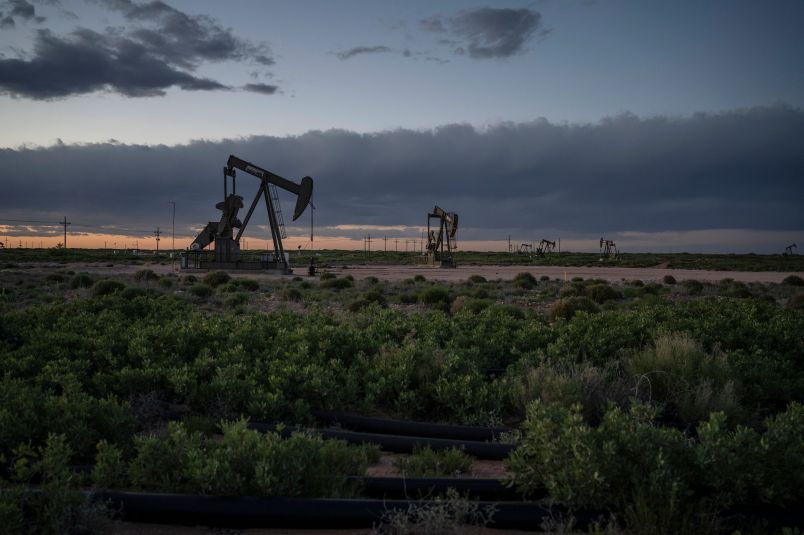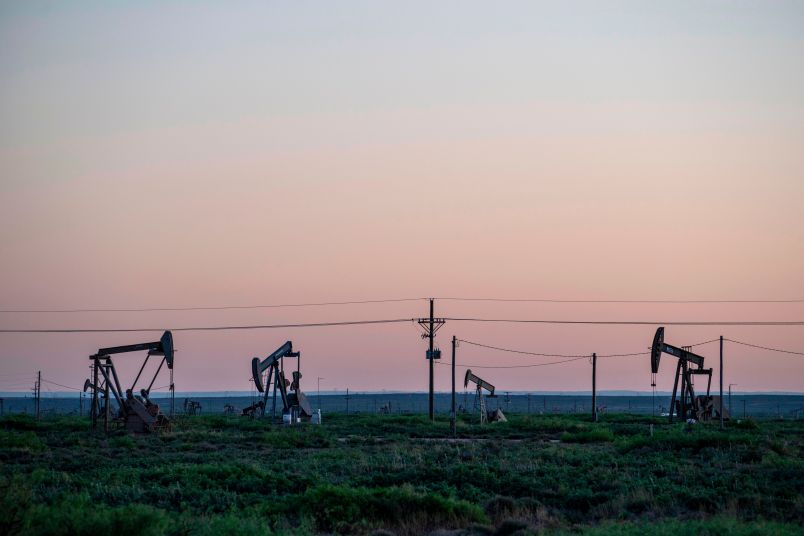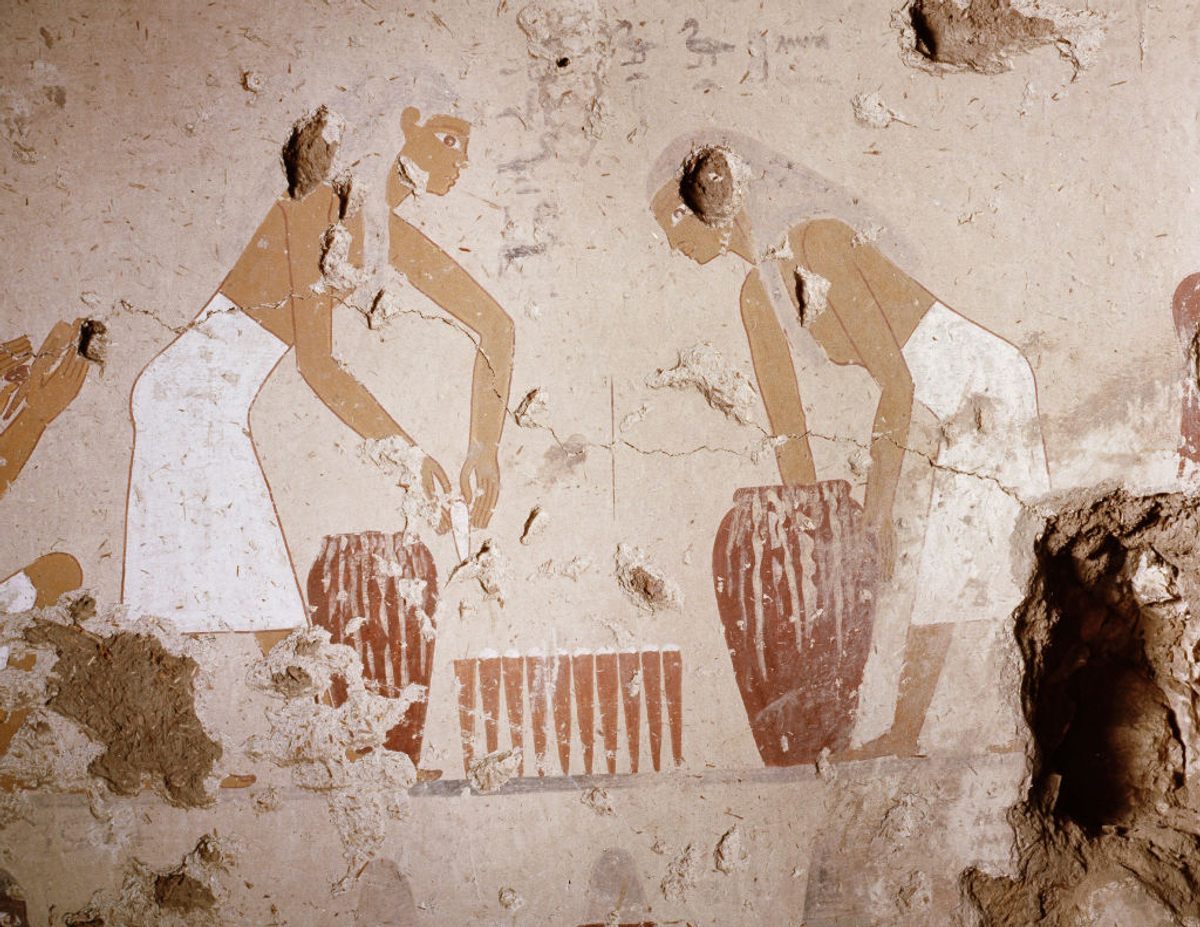By Chris Doyle
Winston Churchill once proclaimed that “MP” — as in, Member of Parliament — were the proudest two letters anyone could carry after their name. One has to wonder, after another shambolic week in British politics, how many of the 650 current MPs share that sentiment, let alone what the public think. Palestinians, meanwhile, have become all too familiar with British political failure to have any expectation at all.
What could be worse than politicians squabbling and shouting over procedural wrangles when debating a motion calling for a ceasefire in Gaza, in a situation where a possible genocide of the Palestinian people is occurring. Hundreds of thousands of Palestinians are being starved to death, ferreting around for grass, weeds and animal feed to survive, while facing the ravages of disease and a huge Israeli bombardment. Meanwhile, elected British politicians cannot muster the barest slither of decency required to put petty party squabbles aside so that the House of Commons can speak with one voice and call for a ceasefire.
As the UK’s only ever British-Palestinian MP Layla Moran observed: “There I am, with my family trapped in that church in Gaza, desperately seeking some sort of resolution — and all I wanted to say to them was Parliament did you proud. But we just didn’t. It was a complete failure of a day.”
Last week’s vote was triggered by the Scottish National Party, the third party in Westminster. It had an opportunity to put down a motion to be voted upon, even though the outcome would not be binding. It did something similar in November, when it forced a vote on an amendment to the King’s speech, which led to 10 Labour Party frontbenchers resigning.
Both the government and Labour’s positions had shifted before the vote from opposing any ceasefire to supporting humanitarian pauses. In Labour’s case, Keir Starmer, the party leader and probable next prime minister, even talked of a cessation of hostilities, but could not bring himself to call for an immediate ceasefire.
So, as Palestinians were being slaughtered, British political parties engaged in a toe-curling battle of semantics. Should they be pushing for a ceasefire, a truce or a pause? Should these be bilateral, immediate, credible or sustainable? Last week’s SNP motion wanted an “immediate ceasefire.” The Labour amendment wanted an “immediate humanitarian ceasefire” and the government wanted an “immediate humanitarian pause.”
The SNP motion reflected the party’s long-term position. However, the Labour Party, the lead opposition, could not agree to it. Why? Because it accused Israel of collective punishment. However, anyone with even the barest scintilla of an understanding of the situation on the ground in the Occupied Territories knows that Israel has been using collective punishment not just over the last 141 days, but for years, notably with the 17-year blockade of the Gaza Strip. It is a clear breach of international law.
Just in case the formulation of the motion was not enough to fight over, the speaker also caused controversy by breaking with convention by allowing a vote on amendments to the SNP motion. In the end, due to arcane parliamentary conventions and the Conservatives and SNP walking out, only the Labour amendment was voted upon. The speaker, who later apologized to the Commons, has survived in his post for now but is massively weakened.
The SNP hopes to procure a debate this week. However, there is unlikely to be a vote on the motion, denying it the opportunity to embarrass Labour. Starmer had feared that he would face a huge rebellion in his Labour ranks. The Tories also worried that they too might have MPs voting with the SNP.
All of which leaves those who care about the carnage in Gaza holding their head in their hands. If you examine the various party positions, there is very little difference in terms of substance. Each leader has said that they want to see an immediate end to the fighting, the release of hostages held in Gaza and a political process leading to a two-state solution. They have all demanded that more humanitarian aid be allowed into Gaza.
It highlights the confrontational mode of British parliamentary politics. The two main parties face off against each other. The Commons does not do compromise. In most European political systems, due to their electoral voting systems, coalition governments mean that compromise is a daily feature of political life. Not so in Britain or indeed the US. In a grown-up, mature political system, a single motion that all the parties agreed to should have been drafted in advance.
Where does this leave British politics related to the Middle East? From the outset, party leaders have all too often put domestic politics above statesmanship and responsible decision-making in the face of a serious international crisis. Prime Minister Rishi Sunak gave Israel his “unequivocal support” — something no leader should ever give to one party to a conflict.
As the Conservatives have done before, much of this was designed to create a problem for Labour, to exacerbate divisions within the leading opposition party. These duly opened up as Starmer refused to call for a ceasefire and did not condemn Israel’s use of a total siege on Gaza, denying civilians water, food, power and medicines. No doubt Starmer was fearful over accusations that the Labour Party would get caught up in a new antisemitism crisis, following the one that bedeviled his predecessor. But the common feature was that neither of the two leaders took their position based on the situation on the ground. It is an election year and it seems like elections trump possible genocide.
All of this aggravates tensions in British society. Anger is high and respect for politicians is low. One of the reasons the speaker gave when explaining his position was that he believed the Labour amendment had to be voted upon because the lives of MPs were under threat. Was this the case? As yet, no evidence has been presented or any detail given, nor has anyone been reported as arrested for intimidating a politician. But it is true, many MPs are fearful. Some media reports claim Starmer told the speaker that, unless he called their amendment, Labour would not back him to continue after the next election.
The fear of attacks on MPs was the cue for yet another huge distraction. Tory politicians, in particular, started claiming that hard-line Islamists were threatening the British political system. It triggered a further wave of appalling anti-Muslim comments from British politicians, with former Home Secretary Suella Braverman even claiming that “the Islamists, the extremists and the antisemites are in charge now.”
This rampant Islamophobia explains as much as anything why Britain has taken such an immoral and irresponsible stance on Palestine since Oct. 7. Too many politicians still do not see Palestinians as like them, as real humans who deserve the rights and respect accorded to others. Many of them do not deserve to have the letters MP after their name.
- Chris Doyle is director of the Council for Arab-British Understanding in London. X: @Doylech












